Recent years have shown that we know far less about vagrancy potential than we once thought. The British Ornithologists' Union Records Committee (BOURC) has altered its opinion on a number of species that were once resigned to the 'plastic' bin or spent decades languishing in Category D, resulting in an 'upgrade' to Category A of the British list and a number of birder's life lists.
For example, the Chestnut Bunting on Papa Westray in October 2015 changed the outlook on that species when it became the first acceptable record for Britain, as the Committee finally recognised the species' vagrancy potential. Many of the birds in this article are likely to follow the same pattern should further examples occur, although perhaps looking at previous records will provide enough evidence to add certain species to Category A in some cases.
Eagle eyed
Booted Eagle is a long-distance migrant, breeding in southern Europe and North Africa and wintering in sub-Saharan Africa. The sole British and Irish occurrence involved a widely touring bird between 5 March 1999 and 22 June 2000. Beginning its stay in Ireland, it crossed the Irish Sea and then snuck across country to Kent, moving through Cornwall and Somerset, before the final sighting on North Ronaldsay, Orkney. Due to the bird's abnormally abraded plumage, along with the early arrival date (typically birds migrate through Gibraltar in March), the protracted stay and the long sea crossings involved, it was placed in Category D and subsequently moved to Category E. Since this record, the species' frequency on the near-Continent has increased and it's now an expected annual visitor to the Low Countries and northern France.
The argument that Booted Eagle doesn't tend to cross extensive bodies of water isn't particularly watertight given that it regularly navigates the Mediterranean to and from its wintering grounds, while the 1999-2000 individual spanned the Irish Sea and reached Orkney during its 15-month visit. Additionally, the species is regularly recorded on the Canary Islands and is a passage migrant to Cyprus, where the shortest straight-line distance across water to Turkey is 75 km – more than double the distance of the narrowest section of the English Channel. When, or even if, another happens to make the crossing to south-east England is anybody's guess – although the occurrence of multiple Short-toed Snake Eagles and even a Bearded Vulture in recent years suggests that this is a distinct possibility.
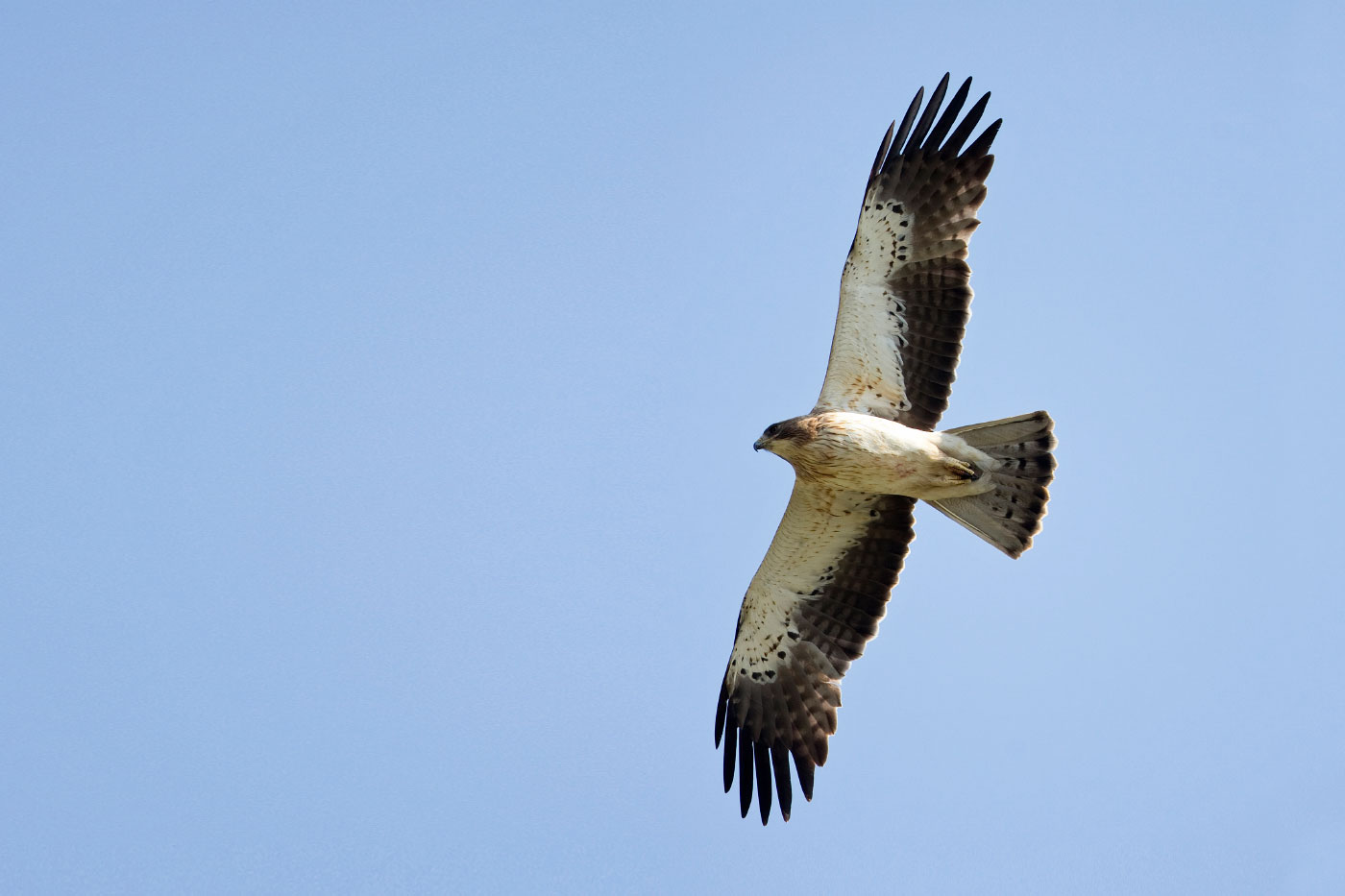
The sole candidate British Booted Eagle in Category D, despite the species being a long-distant migrant (Robin Chittenden).
Another species in the Category D bird of prey repertoire is a southern European raptor: Cinereous Vulture. An adult in Powys from 29 November 1977 to 8 February 1978 joins Booted Eagle on the list of eagerly awaited vagrants to Britain. Notoriously wary, it spent the winter months following the many flocks of sheep one would expect in the Welsh countryside – including at one point being lured to a specially placed carcass so that a birder could obtain photographs. Plumage abrasion identified in the wings and tail was presumed to be due to take-off from wet vegetation, although counted against the record with the BOURC. Most extralimital European records have occurred during summer, although this bird could have crossed the Channel in the warmer months, finding itself 'trapped' here subsequently.
Roughly 90% of the species' European population resided in Spain at the time, and it had recently undergone an extensive expansion in the number of breeding pairs. In the present day, the species is now turning up regularly in northern France and the Low Countries, where it is little more than an annual vagrant. Considering it was largely rejected on the potential basis of Continental escapes crossing the Channel and making their way to Britain, is it not as likely, if not more so, that one could have made its way naturally to the Welsh Valleys?
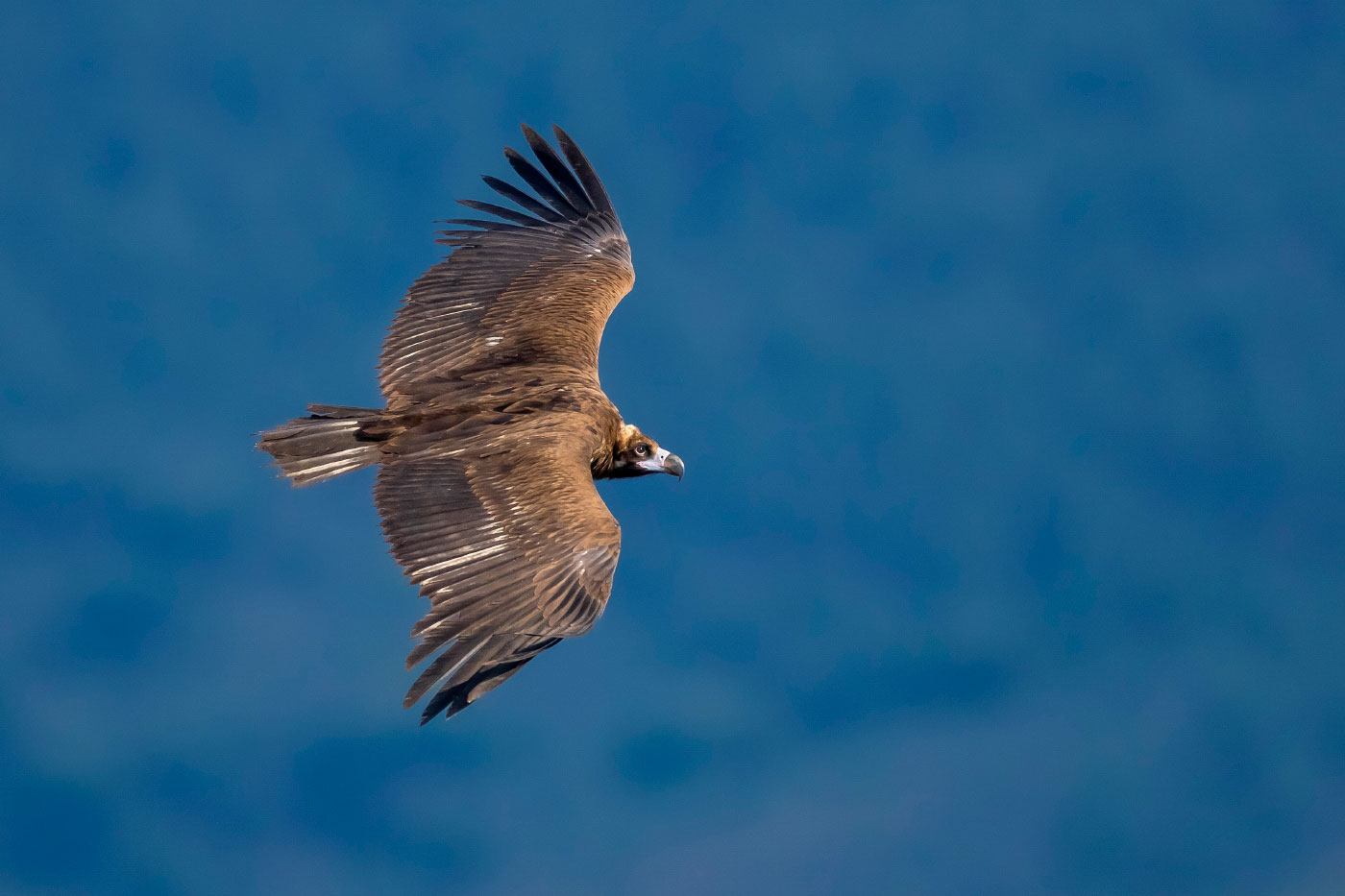
A long-staying adult Cinereous Vulture in Wales remains in Category D – another bird would surely be welcomed by listers (Vincent Legrand / www.agami.nl).
Based on migratory behaviour, Daurian Starling is capable of reaching western Europe. It has a similar distribution to a number of species whose occurrence is beyond doubt, including Eastern Crowned Warbler and Black-faced Bunting. The closest breeding areas to Europe are around Lake Baikal, with the species predominantly wintering in Malaysia and Sumatra, Indonesia.
There are three British records to date, all of which currently languish in Category D. The first was an adult male that resided on Fair Isle for 21 days from 7 May 1985. Trapped and ringed during its stay, the bird's plumage was pristine and it showed no obvious signs of captivity. The species was also apparently rare in captivity at the time. Found alongside a Rustic Bunting an hour earlier, weather systems in the preceding days were strongly supportive of a potential overshooting Asian vagrant, with easterly winds reaching into western Russia. This record was briefly placed in Category A, but a 1994 review stated that vagrancy was unlikely and that the species was found in captivity in Europe.
A second male inhabited Ponteland, Northumberland, from 26 August-5 September 1997, and was also placed in Category D with the comment that it is "a far from unusual species in the cagebird trade". The final record concerns another male at Durness, Highland, from 24-27 September 1998. This bird was closely followed by two Red-flanked Bluetails, in Scotland and north-east England, and the date of the record matches regular movements in East Asia.
There are currently two accepted records elsewhere in Europe, concerning individuals in Norway and The Netherlands. The latter was a first-winter male present in a large flock of Common Starlings and two Rosy Starlings on 12-13 October 2005, although a number of previous records from the country were rejected as potential escapes. This occurrence coincided with an outbreak of bird flu, which meant there was no official and, in all likelihood, illegal trade in Asian species at the time. The Norwegian record concerns a first-winter shot in Akershus on 29 September 1985. Other extralimital records include singles with Rosy Starlings in Pakistan and Mongolia.
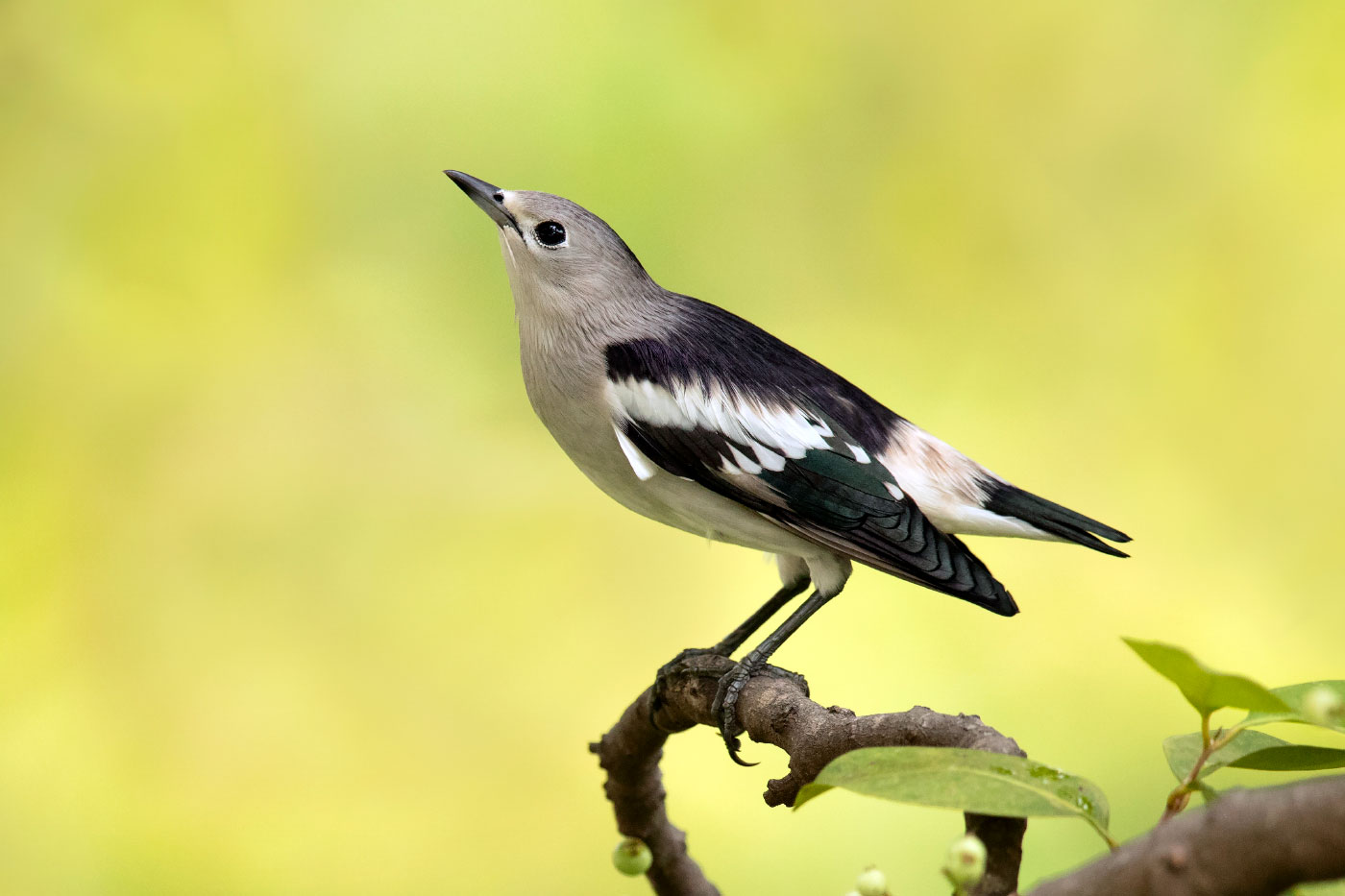
Despite there being three British records – the first of which was trapped and ringed – Daurian Starling is firmly off the British list (Dr Eric Sohn Joo Tan / BIA).
Fall of the flycatcher
The widely twitched Mugimaki Flycatcher at Stone Creek, East Yorks, on 16-17 November 1991 is still a sore subject for many and the decision to place the record in Category D was controversial (it was later 'downgraded' to E). Breeding across eastern Siberia and north-east China and wintering in South-East Asia, its range is somewhat similar to a number of readily accepted species such as Eastern Crowned and Two-barred Warblers and Asian Brown Flycatcher.
Arriving in near-perfect autumnal fall conditions with long-reaching easterly winds and coastal rain showers, the bird was nonetheless considered to be of dubious origin. The BOURC decided that its arrival so soon after the species was first advertised for sale in Britain suggested a realistic possibility that it may have escaped from captivity. Mugimaki Flycatchers had been imported into Britain since at least 1986, when 16 were shipped from Germany. Another 10 arrived in 1990 from China. The occurrence of an adult male in Neftekamsk, Russia, on 2 August 2007 prompted a review of the Humberside record by the British Birds Rarities Committee (BBRC), although its status remained unchanged.
The taxon has occurred a further two times in Europe since: a first-winter male trapped at Bagolino, Italy, on 6 October 2011 (another in Italy on 29 October 1957 was never accepted) and one on Vaerøy, Norway, on 13 October 2017. Having now sat in the 'halfway house' category for almost 20 years, it feels but a waiting game for another and, when it finally happens, will surely strengthen the case for a retrospective upgrade to Category A.
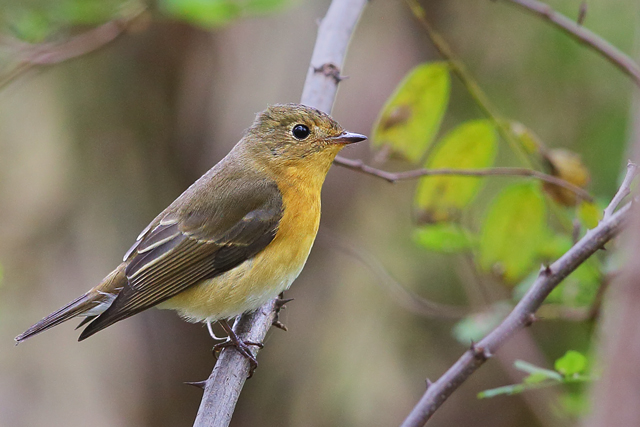
The sight of a first-winter Mugimaki Flycatcher – like the above, photographed in China – on British shores would surely see this species added to Category A (Colin Bradshaw).
Another Far Eastern flycatcher with more than its fair share of vagrancy potential, but far less well known than its congener, is Verditer Flycatcher. Assumed at the time to be of captive origin, a first-winter male was found at the east coast site of Fife Ness on 3-4 October 1993. Meteorological conditions in the preceding days were favourable for a possible arrival from the Far East, and as a young bird this record fits the pattern of lost autumn vagrants.
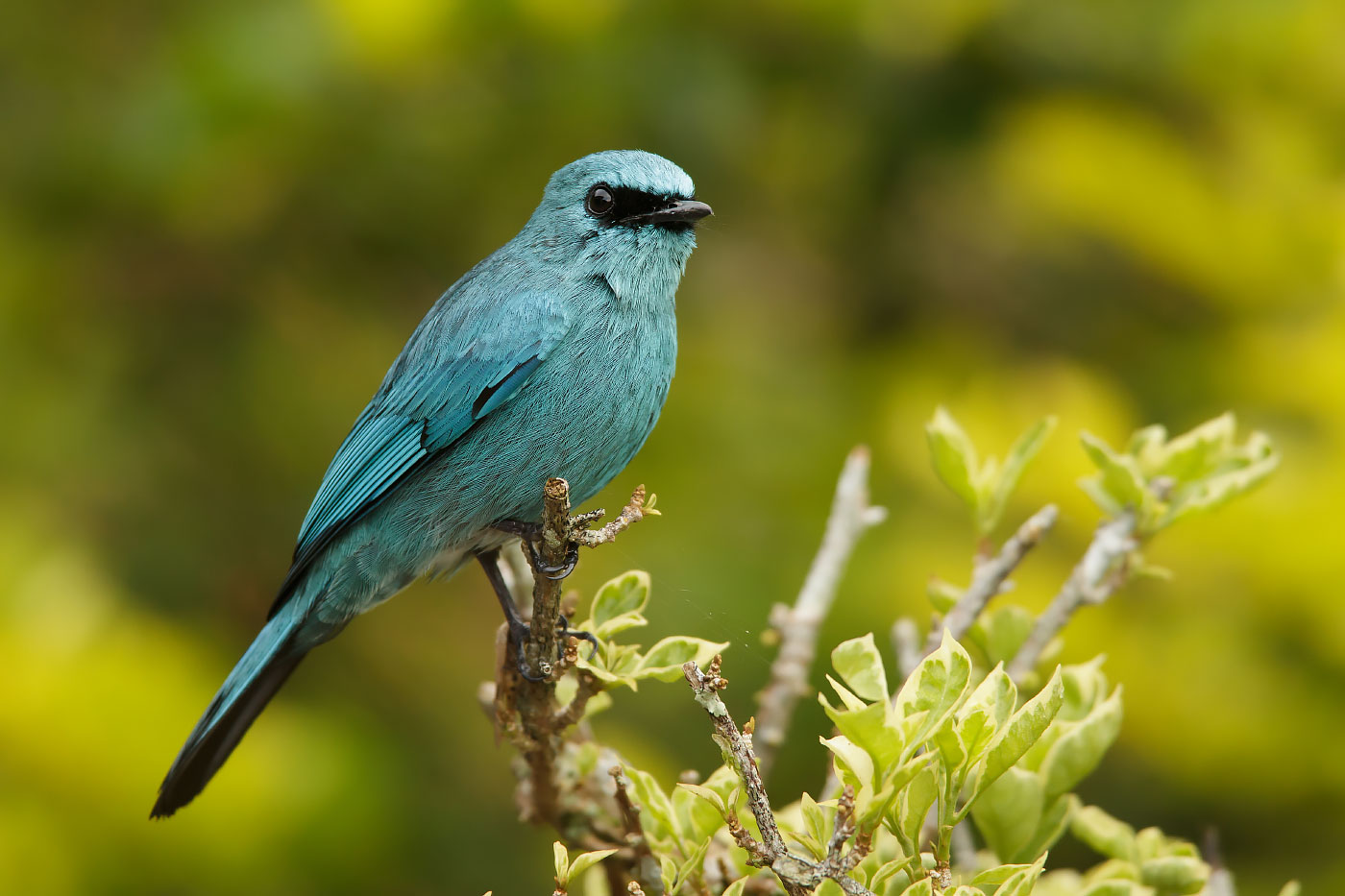
The only British record of Verditer Flycatcher – a first-winter male at Fife Ness in October 1993 – is considered to have been of captive origin (Bob Steele / BIA).
There are a number of other species that turned up during the height of the cagebird trade which are worthy of close attention. Yellow-headed Blackbird breeds across central and western North America, wintering south to Central America, and is a regular vagrant on the Eastern Seaboard of North America. Previously common in captivity, it became much rarer after 1982 when the bird trade from Mexico was banned, and was apparently rare by the late 1980s.
While a number of English autumn records of this species – which was known in captivity at the time – are unlikely to have consisted of wild birds, two spring Shetland records stand out as being worthy of further consideration. The first, a male on Unst and Yell on 12-13 May 1987, notably occurred at the same time as a White-throated Sparrow (present on Unst from 13th). The second involves an adult male, discovered on Fair Isle in westerly winds on 26 April 1990, lingering for five days. It's a fine time of year for overshooting American passerines and there is a well-observed track record of spring vagrants appearing in the Northern Isles, including Brown-headed Cowbird and several Catharus thrushes, from late April to early June.
A female Red-winged Blackbird, a close relative of Yellow-headed, was a striking British and Western Palearctic first on North Ronaldsay on 29 April 2017. Yellow-headed Blackbirds are in fact more migratory than their congeners and there are two other accepted records of the species from the Western Palearctic – one ranging with Common Starlings between Texel and Terschelling, The Netherlands, from 18 May-3 July 1982 and an adult male in Iceland in July the following year. Of course, there are always counter arguments (the 1990s were rife with escaped cagebirds and the Northern Isles were far from exempt), but on balance the two British birds have to be considered as potentially wild.
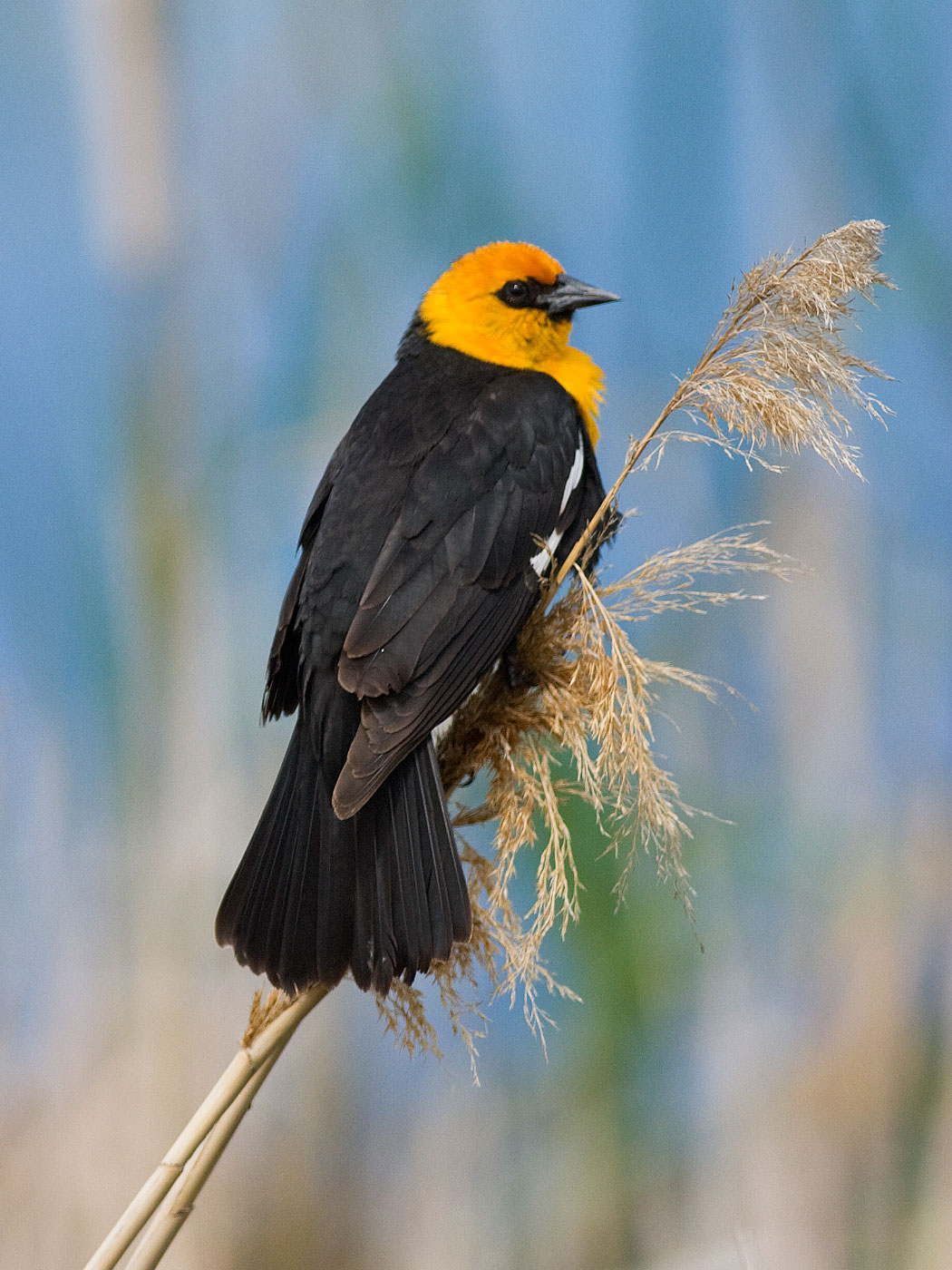
Languishing on Category D, there are two Shetland records of Yellow-headed Blackbird that could be candidates for reconsideration (Julian Hough).
Natural red-head
Red-headed Bunting, a sister species to Black-headed Bunting that is found across the steppes of Central Asia and winters in the Indian subcontinent, has a similar migration route to a number of species already residing on the British list, including White-winged and Black Larks, Asian Desert Warbler and Macqueen's Bustard. With this in mind it seems almost incredulous that the species hasn't occurred naturally in Britain before. That said, it was a common bird in captivity before the export ban on wild birds in 1983 and a number of records from this time period showed clear signs of captivity. For example, an unprecedented four individuals appeared at Portland, Dorset, from 14-22 September 1971, and the species was recorded in 19 of the years between 1955 and 1997.
The bunting was formerly commonly traded in Britain and was sold frequently in pet shops, but this is no longer the case. It has been largely unknown in captivity since the mid-90s, suggesting it is unlikely that any recent records will have been escapes. Circumstances on the near-Continent are similar, with only two known captive breeding records in Denmark, Belgium and The Netherlands during the mid-90s, making the occurrence of autumn birds more likely to relate to wild birds.
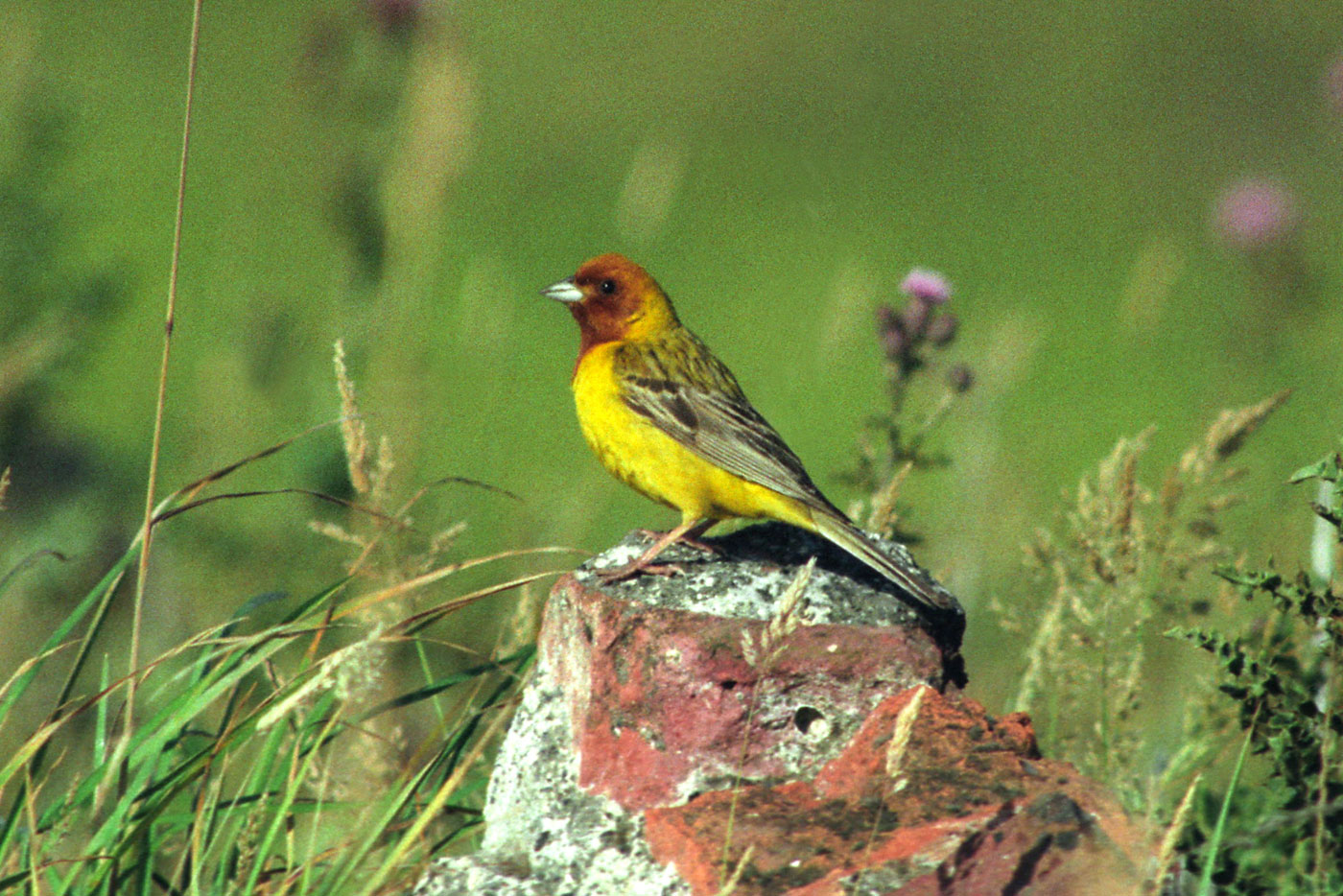
The cagebird trade complicates matters, with species such as Red-headed Bunting previously common in captivity. This individual at Seaforth, Lancs, in July 1990 was put in Category D (Steve Young / www.birdsonfilm.com).
Indeed, British reports since the ban have shown a stark downturn, with only three recorded – a rate compatible with natural vagrancy. It is hypothesised that the pattern of occurrence of Red-headed Bunting should largely mirror that of Rosy Starling and Black-headed Bunting: overshooting adults, especially males, in late spring followed by youngsters in autumn. Recent British sightings involve males at Baldhoun, Isle of Man, on 16-17 June 2001 and near Cattawade, Essex, on 21 May 2002.
The male at Monreith, Dumfries, on 8-9 June 2004 was a particularly good candidate for admittance to Category A, although it will likely take further records for the BOURC to be bold enough to take this step. This bird was on the west side of the country, mirroring a number of overshooting eastern spring vagrants, and only lingered for a couple of days. Other notable recent western European records include a male in The Netherlands, on 23-24 July 2014 and a male at Salo, Finland, in June 2019.
Debatable status
There are plenty of species for which their status as wild British birds is up for debate and the above are just a selection of those which could be considered worthy of scrutiny. Others that could potentially make the leap onto Category A of the British list include Saker Falcon and White-winged Snowfinch … the list goes on.
However, the European captive bird trade, while a lot more heavily regulated than in its heyday, is still rife and clouds many records. A widely twitched White-crowned Wheatear in Scunthorpe during the winter of 2017-18 had escaped from a nearby aviary, while in October 2019 a Siberian Rubythroat with clearly cut flight feathers sparked temporary excitement in Hertfordshire. These examples demonstrate the wide breadth of species that can be kept within British back gardens, although zoological institutes are not immune to the odd bird disappearing, either.
This is not to mention wildfowl and waterbirds. The former are notoriously dismissed as escapees, and the desire to keep a vast array of exotic ducks in captivity is still commonplace, as well as being a subject that will be explored in the second part of this series.
- This column was originally published in the December 2019 issue of Birdwatch magazine.


